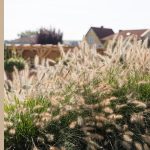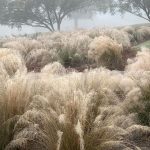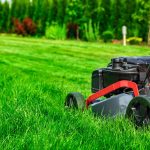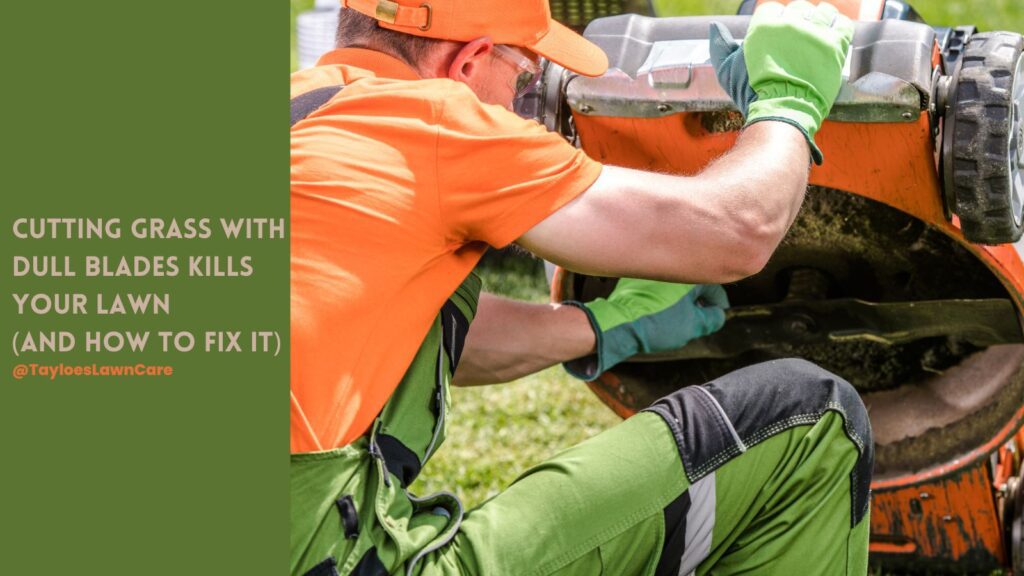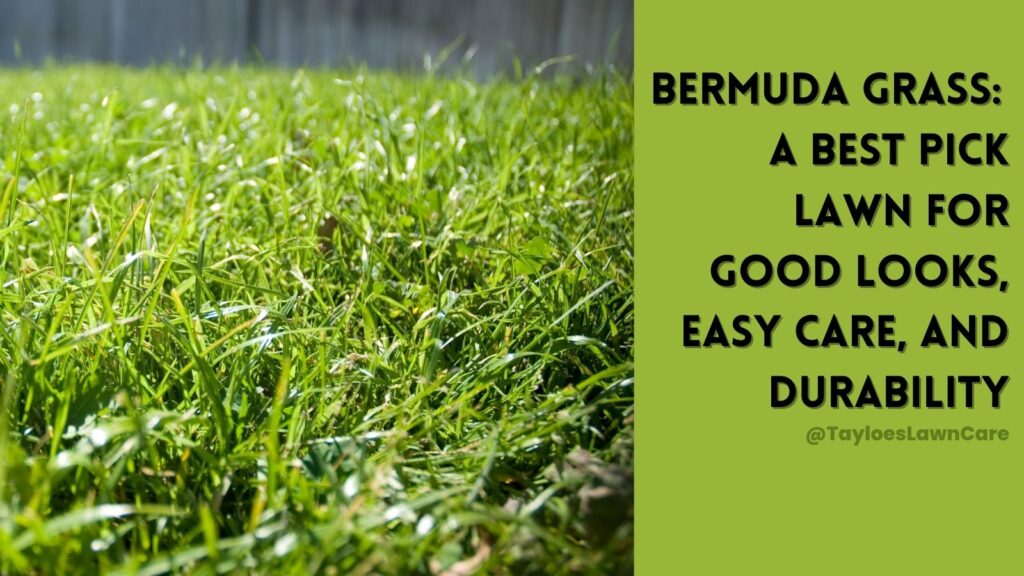Last Updated on: 24th April 2024, 12:47 pm
Yard care must be consistent, with issues addressed promptly.
A well-maintained lawn not only enhances the curb appeal of your home but routine lawn maintenance also provides environmental benefits and contributes to a healthy outdoor living space. However, maintaining a lush, green lawn can sometimes be challenging.
This article discuss fifteen common lawn maintenance challenges and provide practical solutions to help homeowners achieve a beautiful and healthy lawn.
15 Common Lawn Maintenance Challenges and Solutions
Below are fifteen lawn maintenance challenges we encounter every day, along with some good DIY solutions.
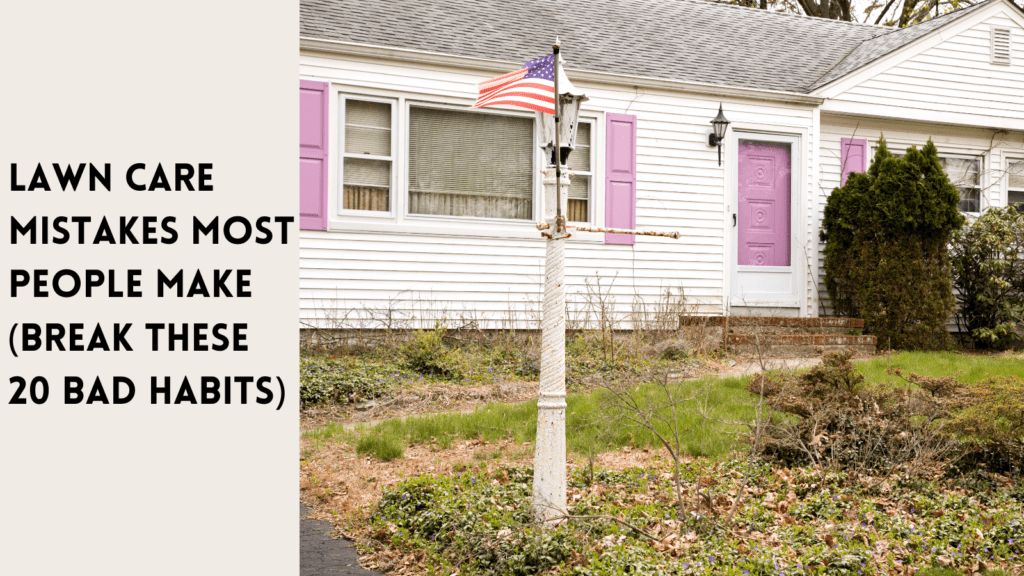
1. Inconsistent watering (one of the easiest lawn maintenance problems to solve!)
Inconsistent watering can lead to a variety of issues, such as patchy grass, shallow root systems, and increased susceptibility to pests and diseases. Overwatering can cause root rot. Conversely, underwatering can lead to drought stress.
To maintain a healthy lawn, it’s crucial to water consistently and deeply. Consider using a timer or smart irrigation system to ensure proper watering schedules. Water your lawn early in the morning to minimize evaporation and prevent fungal growth.
2. Poor mowing practices
Mowing too short, using dull blades, and mowing during the heat of the day can damage your lawn and invite diseases and pests.
Ensure that you mow at the correct height (usually around 3 inches) to promote a healthy root system. Keep your mower blades sharp, and avoid mowing when the grass is wet or during the hottest part of the day.
3. Fertilization issues
Both over-fertilizing and under-fertilizing can harm your lawn. Over-fertilizing can lead to excessive growth, while under-fertilizing can result in weak, thin grass that’s prone to disease and weed infestations.
Follow the recommended fertilization schedule for your specific grass type and region. Use a slow-release fertilizer to provide consistent nutrition and prevent excessive growth.
4. Weed control can be a lawn maintenance nightmare.
Some common lawn weeds include crabgrass, dandelions, and clover. These weeds compete with your grass for nutrients, water, and sunlight.
Implement a combination of pre-emergent and post-emergent herbicides for effective weed control. Proper lawn maintenance practices, such as consistent watering, mowing, and fertilization, can also help prevent weed growth.
5. Pest infestations
Pests like grubs, chinch bugs, and sod webworms can cause significant damage to your lawn if left untreated. Fleas and ticks can leave you and your pets miserable and itchy.
Monitor your lawn regularly for signs of pests and use a combination of cultural, biological, and chemical controls as needed. Encourage natural predators, such as birds and beneficial insects, to help keep pest populations in check.
6. Soil compaction
Compacted soil can restrict root growth and limit water infiltration. Signs of soil compaction include poor grass growth, standing water, and increased thatch buildup.
Aerate your lawn annually to alleviate soil compaction and promote healthy root growth. Core aeration involves removing small plugs of soil, which allows water, air, and nutrients to penetrate deeper into the ground. Consider performing aeration during the growing season when the grass can quickly recover.
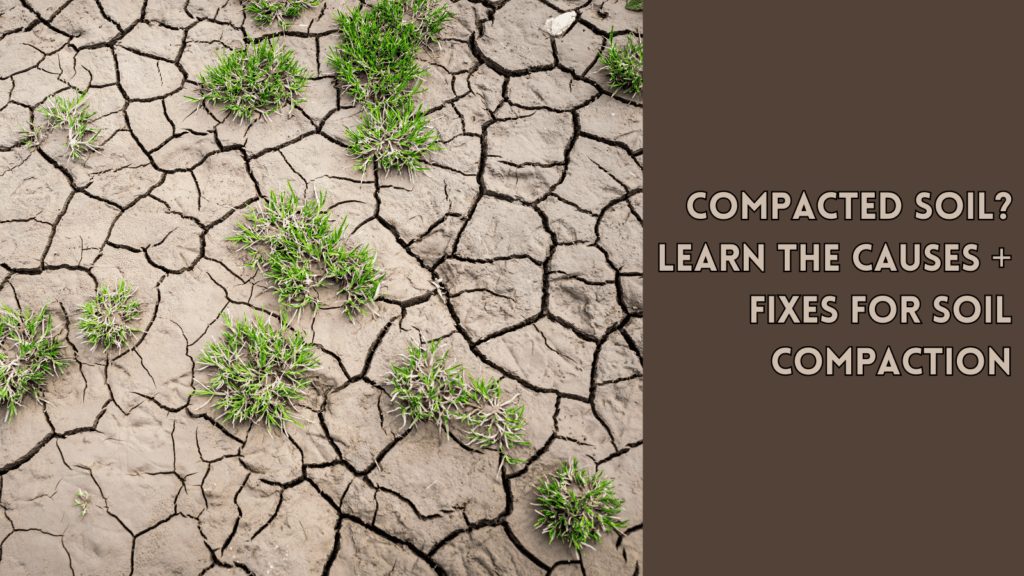
7. Thatch buildup
Thatch is a layer of dead and living grass stems, roots, and other organic matter that accumulates between the soil surface and the green grass blades. Excessive thatch buildup can prevent water and nutrients from reaching the soil and can harbor pests and diseases.
Remove excessive thatch using a dethatching rake or a power dethatcher. Regular aeration can also help prevent thatch buildup by promoting the breakdown of organic matter.
8. Disease prevention and control
Lawn diseases like brown patch, dollar spot, and rust can cause unsightly patches and weaken your grass.
To prevent lawn diseases, follow proper watering, mowing, and fertilization practices. If your lawn is affected by a disease, apply the appropriate fungicide and consider overseeding with disease-resistant grass varieties.
9. Uneven terrain
Uneven lawns can result from natural settling, pest damage, or improper grading during installation.
To level an uneven lawn, add a mixture of topsoil and sand to low spots and gently rake it into the grass. You may need to repeat the process over several weeks to achieve a smooth and level lawn.
10. Shade issues
Grass often struggles to grow in shaded areas due to limited sunlight, which can result in thin, patchy growth.
Choose shade-tolerant grass varieties, such as fine fescue or St. Augustine, to improve the appearance of shaded lawns. You can also trim tree branches to increase sunlight penetration.
11. Pet damage can become a lawn maintenance challenge
Pet urine can cause grass to turn yellow or brown due to its high nitrogen content. Dogs may also dig holes or create worn paths from frequent use.
To repair urine damage, dilute the area with water and overseed if necessary. Train your pets to use designated areas of your yard and consider installing a barrier or mulch pathway to prevent wear from pet traffic.
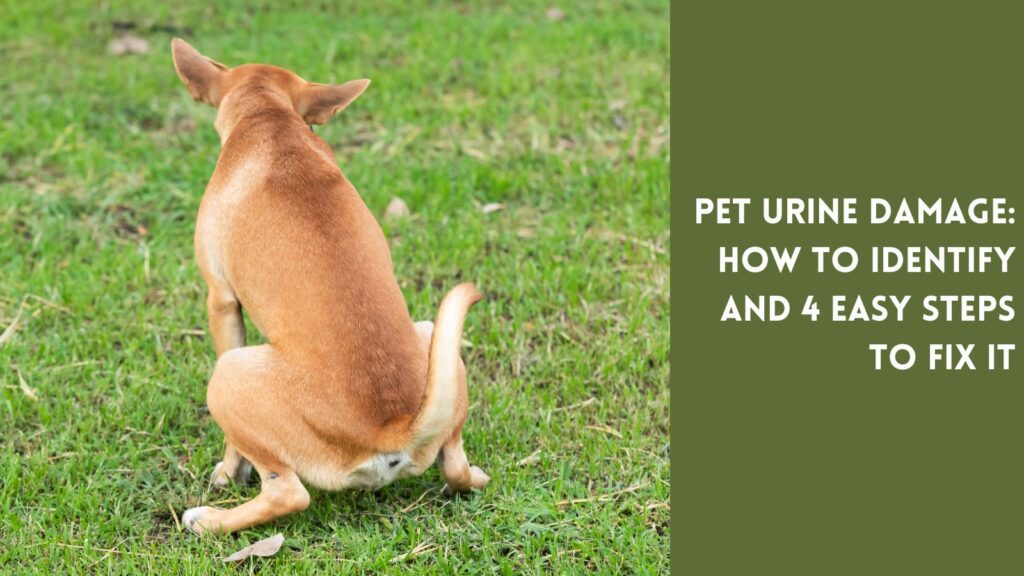
12. Seasonal lawn care
Different seasons bring unique lawn maintenance challenges, such as winter dormancy, spring growth, summer heat stress, and fall leaf litter.
Adapt your lawn maintenance practices to the changing seasons. This may include adjusting watering and mowing schedules, applying seasonal fertilizers, and cleaning up fallen leaves promptly.
13. Invasive plant species
Invasive plant species can spread quickly and outcompete native grasses and other desirable plants for resources such as water, nutrients, and sunlight. They can also harbor pests and diseases, and negatively impact the local ecosystem.
Familiarize yourself with common invasive plant species in the area, such as wisteria floribunda, kudzu, or alligator weed. If you find any invasive plants in your lawn, take prompt action to control their spread. This may involve manual removal, targeted herbicide applications, or other control methods specific to the invasive species in question. Consult with local experts or extension services for guidance on the best management practices for invasive plants in your area.
14. Nutrient imbalances
A nutrient imbalance in your soil can lead to a variety of lawn issues, such as slow growth, discoloration, or increased susceptibility to pests and diseases. A soil test can help you identify any nutrient deficiencies or excesses.
Based on the results of your soil test, apply the appropriate fertilizers or soil amendments to correct nutrient imbalances. Regular soil testing can help you maintain optimal soil conditions and promote a healthy, vibrant lawn.
15. Overgrown tree roots are a harder to solve lawn maintenance concern
Overgrown tree roots can cause damage to your lawn by creating uneven surfaces and competing with grass for water and nutrients. They can also cause damage to underground utilities and hardscaping features like sidewalks and driveways.
Regularly inspect your lawn for exposed roots and consult with an arborist to determine the best course of action. In some cases, root pruning or installing root barriers may be necessary. When planting new trees, choose species with non-invasive root systems and plant them at a safe distance from hardscape features and utilities.


The Takeaway: You Can Overcome These Lawn Maintenance Challenges Yourself–Or Hire the Pros at Tayloe’s Lawn Care Services
Regular and consistent lawn maintenance is essential for a thriving lawn that can withstand seasonal challenges and resist pests and diseases. Investing time and effort in proper lawn care practices will pay off with a lush, green landscape that brings joy and adds value to your home.
By addressing these common challenges and implementing the suggested solutions, homeowners can achieve a healthy, beautiful lawn that enhances their property and provides a welcoming outdoor space.
If you need expert help to keep your lawn in top shape, consider hiring Tayloe’s Lawn Care Services for weekly or bi-weekly lawn care services near Ahoskie, Aulander, and Windsor, North Carolina.
Author Profile

- Randy Tayloe is the COO of Tayloe's Lawn Care Service, LLC. He is a certified custom applicator, recognized by the North Carolina Department of Agriculture Pesticide Division. A native of Bertie County, NC, and graduate of Bertie High School, he wants to beautify his home county - one yard at a time.
Latest entries
 FaunaOctober 3, 2025Fall decorations that endanger wildlife (and how to avoid the risks)
FaunaOctober 3, 2025Fall decorations that endanger wildlife (and how to avoid the risks) GardeningApril 1, 2025Fountain grasses add colorful foliage and movement
GardeningApril 1, 2025Fountain grasses add colorful foliage and movement GardeningMarch 21, 2025White cloud muhly grass growing guide
GardeningMarch 21, 2025White cloud muhly grass growing guide Lawn CareFebruary 25, 2025Should I mow every week?
Lawn CareFebruary 25, 2025Should I mow every week?


